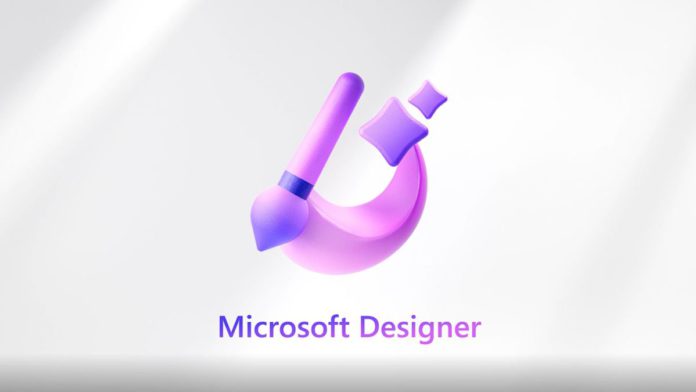How does big data support today’s business owners who need to make important decisions? While there are dozens of ways leaders leverage the power of information, several stand out. Corporate managers rely heavily on the price of company stock shares to understand what actions led to good times and bad. Likewise, transport fleet supervisors gather massive amounts of pertinent information from dash-mounted cameras.
For production companies, statistics from the line offer insights into what happened at each point of the process, what went wrong, and how errors can be corrected. Sales and marketing campaigns yield their own batch of stats that give department heads major clues about which efforts delivered excellent results and which ones fizzled. Finally, management teams turn to client demographic studies to find out where the organization is headed. Consider the following points about the multiple ways that information helps managers make effective decisions.
Dash Cams for Fleet Managers
How can fleet managers find out how they’re performing with respect to on-time delivery and other core functions? One of the main ways business analytics helps owners conduct their operations more efficiently is to answer such queries. That points to the need to gather detailed data from systems and processes like wireless dash cams, ELDs (electronic logging devices), and various telematics-based devices.
The beauty of the wireless dash-mounted cameras is that they give supervisors immediate access to film footage as well as substantial storage capacity. It’s important for owners and managers in transport companies to understand the multiple ways in which dashcams work to streamline operations, keep drivers safe, and give shift supervisors critical information about daily performance parameters. Every owner and manager in transport firms should learn how wireless dash cameras differ from their wired counterparts. Plus, it’s important for decision-makers to know how to choose the right dash cam for their vehicle fleets.
Production Statistics
Assembly line stats are like numerical gold for insightful managers who know how to interpret the information. Long-term reports from some of the top data extraction tools can show where and why production broke down and what caused higher levels of efficiency and optimal speed. Comparing costs to output is another way to leverage the power of such reports. Supervisors can usually discover how to manage inputs for optimum results if they have accurate information.
Sales and Advertising
Some ad campaigns work, and some don’t. It’s the reality of marketing strategies as a whole. But for data mavens, the results of sales and advertising efforts explain a lot. Not only do they show decision-makers what was successful, but they also reveal what fell short. Using statistical data from previous campaigns is the smartest way to calibrate future ad copy, landing pages, promotions, giveaways, and related activities.
Customer Demographic Analysis
Any organization whose leaders ask the question, “where are we going?” can find part of the answer in client demographics. It’s an age-old technique but one that has been supercharged by the internet and high-speed search engines. Customer profiles reveal vast amounts of worthwhile information about where you’re headed as a for-profit business entity.
Many owners are surprised to discover that their client base is not at all what they expected it to be. The owner of a personal services spa might do a deep dig into client data and learn that the average age of customers has been steadily declining along with the median income of the clientele. That kind of mini-trend can be a warning sign for entrepreneurs who are seeking high-income, older customers. Everything is relative, so what’s good news for one owner can be unwelcome news for another. In any case, it’s always helpful to find out more about the people who are spending their hard-earned money on your organization’s goods and services.











